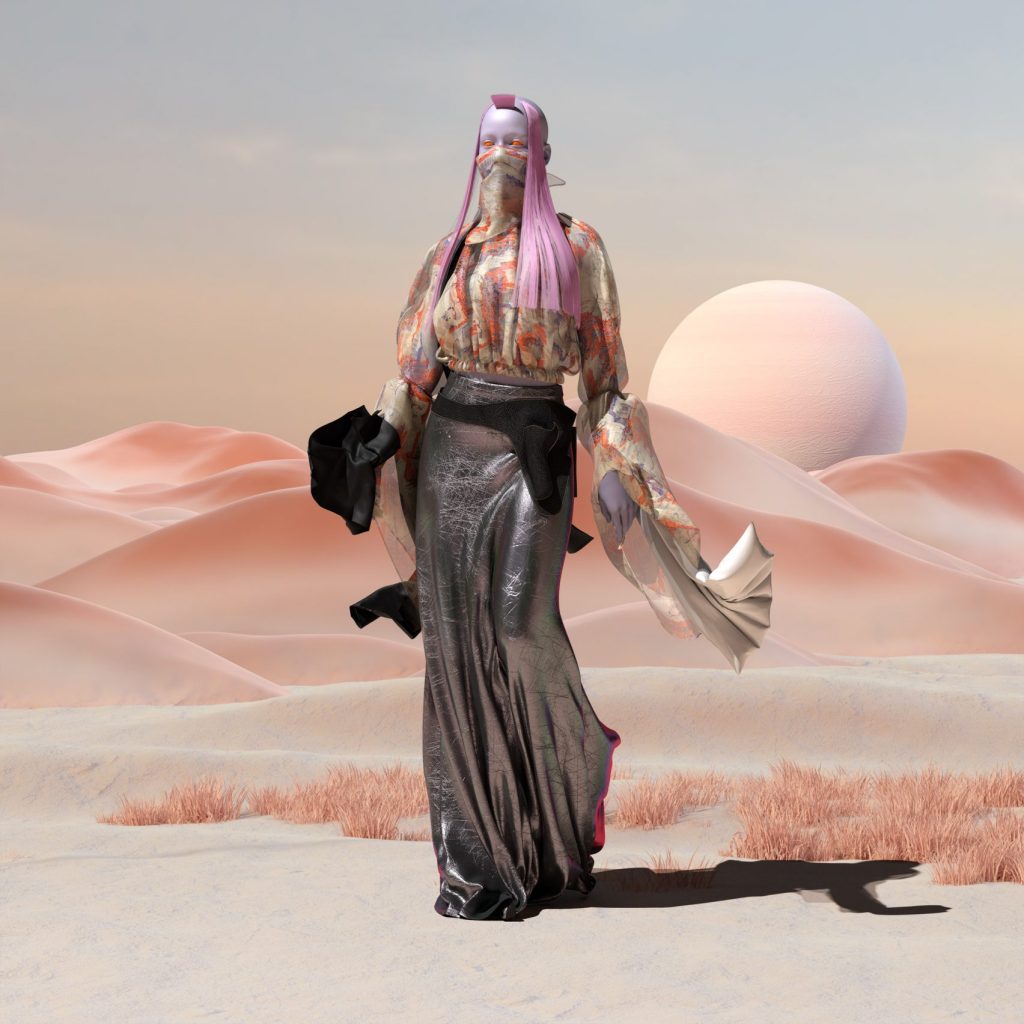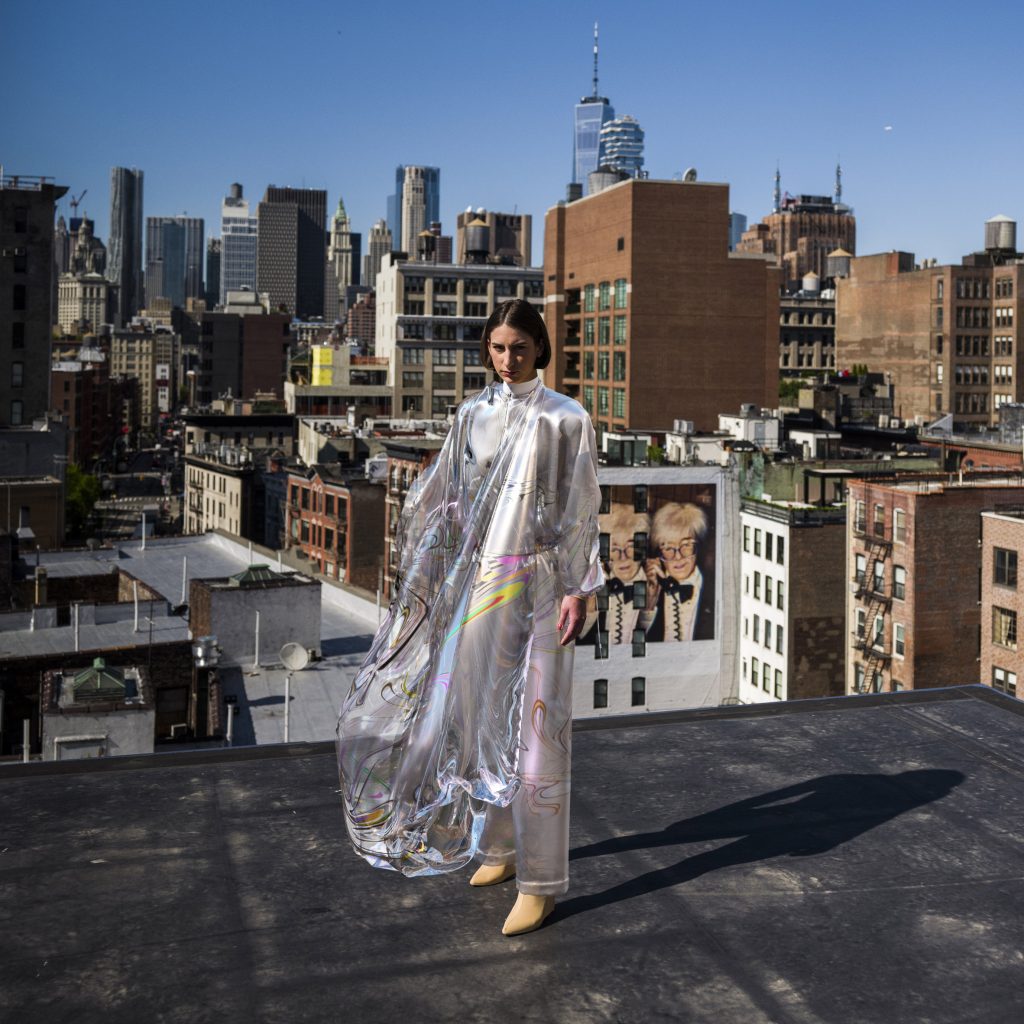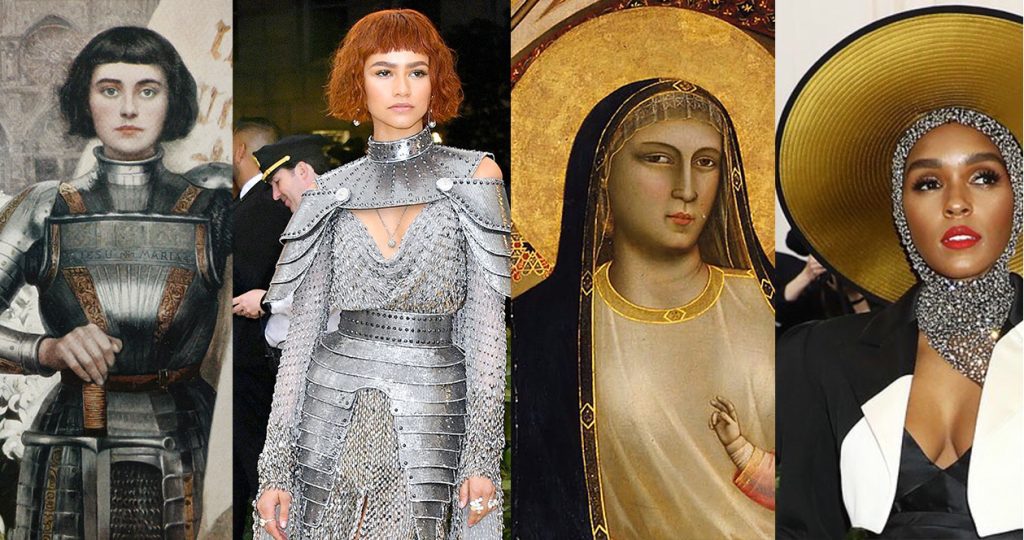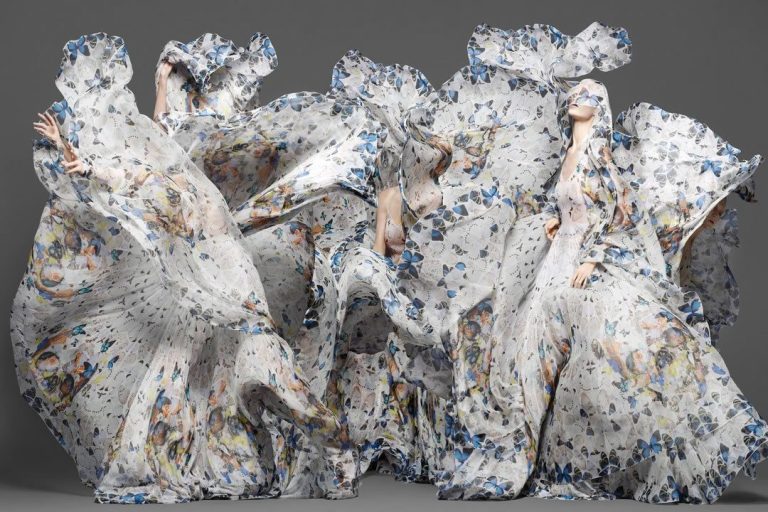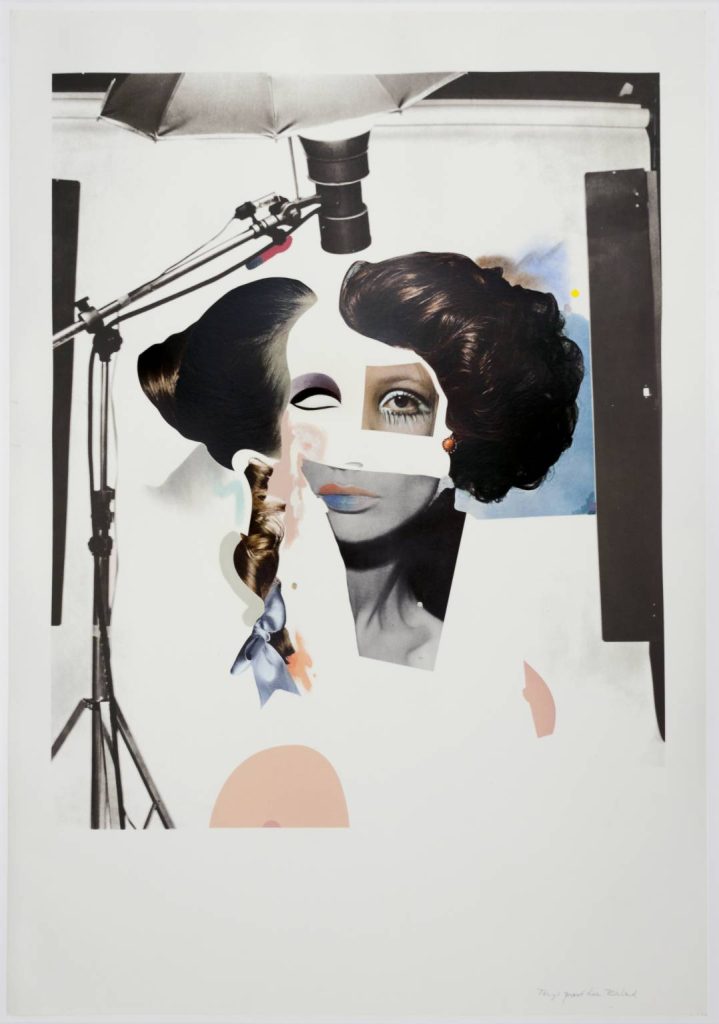
Fashion-plate, 1969–70
Courtesy of TATE
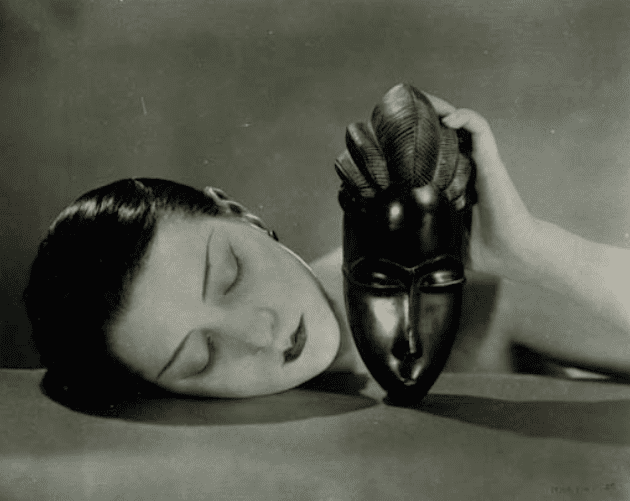
Noir et Blanche, 1926
Courtesy of VOGUE
The Intersection of Art and Fashion
With each influencing and enriching the other through history and into the contemporary era, art and fashion have been intertwined, with artists and designers drawing inspiration from each other. This relationship has shaped societal norms, aesthetics, and cultural identities across different epochs. In recent times, the fusion of art and fashion has become more pronounced, with runway shows resembling art exhibitions and artists venturing into fashion design, blurring the lines between these two creative realms.
Art Movements Influencing Fashion Design
Art movements have left a significant imprint on fashion, with designers frequently borrowing elements from various artistic periods to create visually compelling and conceptually rich garments. Fashion has drawn from art movements such as Impressionism’s light and color play and Pop Art’s bold imagery, translating these artistic languages into wearable forms that resonate with broader cultural trends. The raw energy and rebellious spirit of street art and graffiti have infused modern fashion with an edgy, urban vibe, seen in collections by brands like Off-White and Gucci, who often collaborate with street artists.
Collaborations Between Artists and Fashion Designers
Collaborations between artists and fashion designers have resulted in some of the most memorable and groundbreaking moments in fashion history, pushing creative boundaries and redefining what fashion can be. Iconic partnerships, such as Salvador Dalí with Elsa Schiaparelli and Yayoi Kusama with Louis Vuitton, have merged artistic vision with fashion innovation, creating pieces that are both art and attire. Contemporary collaborations continue to blur the lines, with artists like Takashi Murakami and fashion houses like Dior creating collections that are as much art pieces as they are fashion statements.
Art’s Influence on Fashion Trends and Consumer Culture
Art has a profound impact on fashion trends and consumer culture, with art-driven fashion campaigns and exhibitions setting the pace for what’s en vogue. Fashion campaigns that incorporate art not only captivate the imagination but also engage consumers on a deeper level, making fashion more accessible and relatable. Art exhibitions and fashion shows serve as platforms for trendsetting, with designers utilizing these venues to showcase their artistic visions and influence fashion trends.
Technology in Merging Art and Fashion
Technology has become a pivotal tool in merging art and fashion, offering new mediums and platforms for expression and innovation. Digital art has opened up new avenues in fashion design, with designers using digital tools to create patterns, prints, and even entire garments, offering a new dimension to fashion aesthetics. Virtual and augmented reality technologies are creating immersive fashion experiences, allowing consumers to engage with fashion in interactive and innovative ways, from virtual try-ons to augmented reality fashion shows.
Sustainability and Ethics
The intersection of art and fashion also brings to light important conversations about sustainability and ethical production, with artists and designers advocating for responsible practices. Eco-friendly art and fashion initiatives highlight the industry’s shift towards sustainability, with designers utilizing recycled materials and sustainable practices to create environmentally conscious collections. Artistic upcycling, where old garments are transformed into new creations, is gaining popularity as a trend that promotes conscious consumption and sustainability in fashion.
Cultural Identity and Representation
Art and fashion serve as platforms for cultural expression and identity, with designers and artists using their work to explore themes of inclusivity, diversity, and cultural heritage. Fashion becomes a canvas for cultural expression, with designers incorporating art from various cultures into their designs to celebrate heritage and tell unique cultural stories. The push for inclusivity and diversity in fashion is mirrored in art, with both industries working to broaden representation and challenge traditional norms about beauty and identity.
The Evolving Relationship Between Art and Fashion
As the relationship between art and fashion continues to evolve, future directions point towards a more integrated, innovative, and inclusive industry. Emerging art forms, such as bio-art and digital sculptures, offer new inspirations for fashion, suggesting future collections that could merge biology, technology, and aesthetics. Social movements are increasingly influencing fashion trends, with art and fashion becoming platforms for activism, advocacy, and social commentary, driving the industry towards more conscious and reflective practices. As cultural narratives continue to interweave with art and fashion, there’s a potential for a global shift in body image ideals, fostering a more inclusive, diverse, and authentic representation of beauty in the industry.
